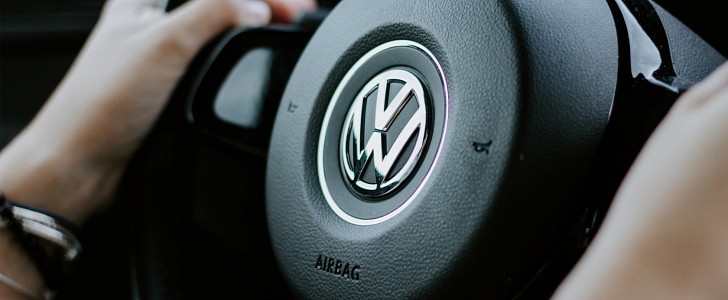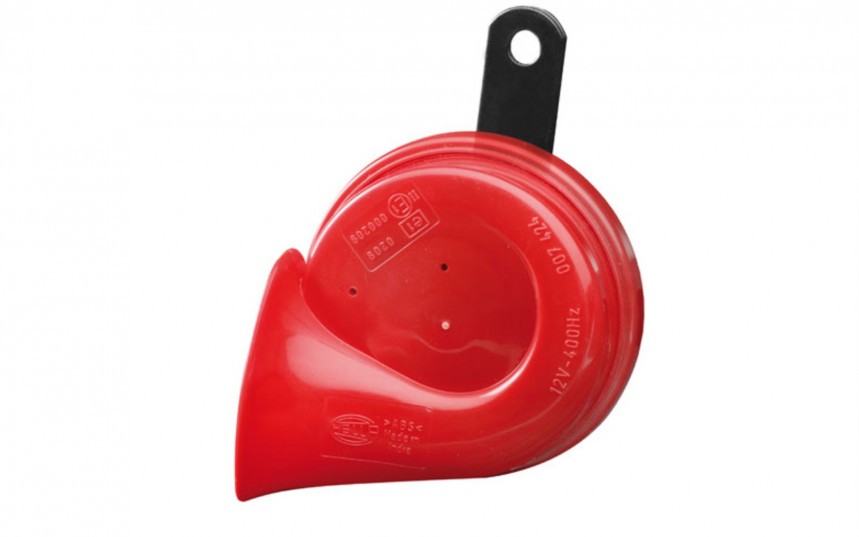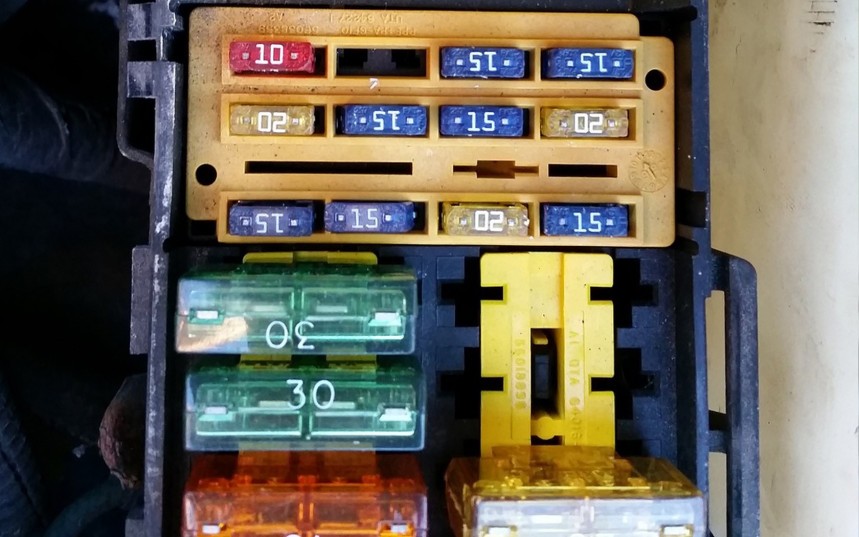Driving around with a broken horn is not only dangerous for you and those around you but also illegal. Here are the main causes of this problem and what you can do about it.
Along with the brakes, the horn is one of the oldest safety features of any vehicle. It was conceived to warn those around you of the vehicle's approach or draw attention to some hazard.
Modern vehicles are usually fitted with high-frequency or windtone horns, and they’re typically located behind the front grille. Both types use a vibrating diaphragm, which is engaged by an electromagnet and contact breaker to generate sound.
In high-frequency versions, a resonator plate is mounted onto the diaphragm to amplify the sound. Windtone horns use a casing similar to brass musical instruments like trumpets. The shape of this casing dictates the pitch of the sound produced by the internal diaphragm. Some cars are fitted with two of these that produce high and low tones.
There’s also a third type, the air horn that uses a separate compressor to generate very loud noises. This is usually used by larger vehicles like semis and in most parts of the world, fitting one on a passenger car is illegal.
If your car’s horn stops functioning, the first thing you should do is check the fuse box. In most cars, it’s located in the engine compartment or behind the glovebox. Refer to the owner’s manual for the exact location and replace the fuse.
If the problem persists or the new fuse gets blown immediately after, then the problem lies elsewhere in the electrical system. Before you start looking for a broken wire, check and replace the horn relay, which can also be found inside the fuse box.
Considering that you’ve just replaced both the fuse and the relay, the horn should now work but if it doesn’t, chances are that the horn itself is damaged. These devices are usually earthed through their metal bodies so rust or dirt can break the electrical contact.
Check the physical state of the horn (or horns); if it’s in a bad shape, remove and clean it. Do not immerse it in water because you’ll permanently damage it; instead, get some sandpaper or a wire brush and clean it as gently as possible.
Now that you have removed and cleaned it, you can check if it works by connecting it directly to the battery. Place the horn on the negative terminal and clip a test lead between its wire connector and the battery’s positive terminal.
If it still doesn’t work, you can give up and take the car to a mechanic or buy a new horn and test it out. Replacement aftermarket horns are not that expensive but make sure you buy one that’s designed for your vehicle.
On rare occasions, the problem might also be triggered by a component called a clock spring located inside the steering wheel. Oftentimes, if there’s a problem with the airbag, it can damage or interfere with this spring. Check if there’s an illuminated airbag warning light in the dashboard, and if this is the case, we recommend taking the car to a mechanic because removing the airbag yourself can be dangerous.
Modern vehicles are usually fitted with high-frequency or windtone horns, and they’re typically located behind the front grille. Both types use a vibrating diaphragm, which is engaged by an electromagnet and contact breaker to generate sound.
In high-frequency versions, a resonator plate is mounted onto the diaphragm to amplify the sound. Windtone horns use a casing similar to brass musical instruments like trumpets. The shape of this casing dictates the pitch of the sound produced by the internal diaphragm. Some cars are fitted with two of these that produce high and low tones.
If your car’s horn stops functioning, the first thing you should do is check the fuse box. In most cars, it’s located in the engine compartment or behind the glovebox. Refer to the owner’s manual for the exact location and replace the fuse.
If the problem persists or the new fuse gets blown immediately after, then the problem lies elsewhere in the electrical system. Before you start looking for a broken wire, check and replace the horn relay, which can also be found inside the fuse box.
Check the physical state of the horn (or horns); if it’s in a bad shape, remove and clean it. Do not immerse it in water because you’ll permanently damage it; instead, get some sandpaper or a wire brush and clean it as gently as possible.
Now that you have removed and cleaned it, you can check if it works by connecting it directly to the battery. Place the horn on the negative terminal and clip a test lead between its wire connector and the battery’s positive terminal.
If it still doesn’t work, you can give up and take the car to a mechanic or buy a new horn and test it out. Replacement aftermarket horns are not that expensive but make sure you buy one that’s designed for your vehicle.
On rare occasions, the problem might also be triggered by a component called a clock spring located inside the steering wheel. Oftentimes, if there’s a problem with the airbag, it can damage or interfere with this spring. Check if there’s an illuminated airbag warning light in the dashboard, and if this is the case, we recommend taking the car to a mechanic because removing the airbag yourself can be dangerous.








